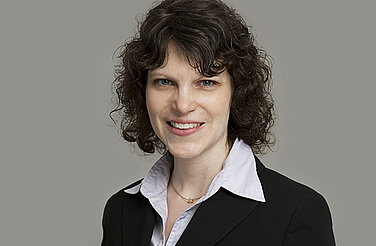-
Denmark is one of the first movers in implementing a green energy transition across all sectors, and aims to become independent from fossil fuels by 2050.
The Danish power system has been undergoing a transformation, moving from a highly centralised to a more decentralised structure in electricity generation. There has been a significant increase not only in wind power but also in distributed generation from combined heat and power plants since the 1980s. Broad-based political agreements on energy policy have provided security for investors while enabling a smooth and continuous transition to a sustainable power sector.
-
The Danish energy transition follows an integrated approach that encompasses the electricity, heat and transport sectors.
The interdependencies among these different sectors are reflected in Danish energy policy goals, in scenario analyses as well as in concrete initiatives for implementing the transition to a renewables based energy system.
-
As an early mover, Denmark has already gained substantial experience in the application of tendering schemes for offshore wind energy.
The Danish tendering scheme is characterised by Contracts for Difference with guaranteed support payments, a guaranteed grid connection and a one-stop-shop authority for preliminary site assessments when new offshore wind energy projects are developed.
A snapshot of the Danish energy transition
Objectives, markets, grid, support schemes and acceptance

Preface
In recent years, Denmark has gained considerable international attention as one of the first movers in implementing a green energy transition – the so-called grøn omstilling. In order to achieve an energy system independent from fossil fuels by 2050, Denmark is pursuing an integrated policy approach that takes all energy sectors into account. In 2014, wind energy covered 39 percent of Danish electricity demand. Wind and bioenergy – the latter in particular for the conversion of combined heat and power plants – will play key roles in the Danish energy transition.
This paper invites you to take a deeper look at Danish energy policy in general and at the electricity sector in particular. What are the major objectives of Danish energy policy? What is the logic behind an integrated approach that encompasses all energy sectors? How has market integration evolved in the Nordic countries? How does the offshore wind tendering system work? What are the principles underlying grid expansion within Denmark? What types of consumer participation schemes exist?
This paper aims to explore some of the lessons learned from the Danish experience. At the same time, this paper can serve as an introductory overview to the Danish power system and the policies that govern it. The paper is part of Agora Energiewende’s “Lessons Learned from Denmark” series.
Key findings
Bibliographical data
Downloads
-
pdf 1 MB
A Snapshot of the Danish Energy Transition
Objectives, Markets, Grid, Support Schemes and Acceptance


